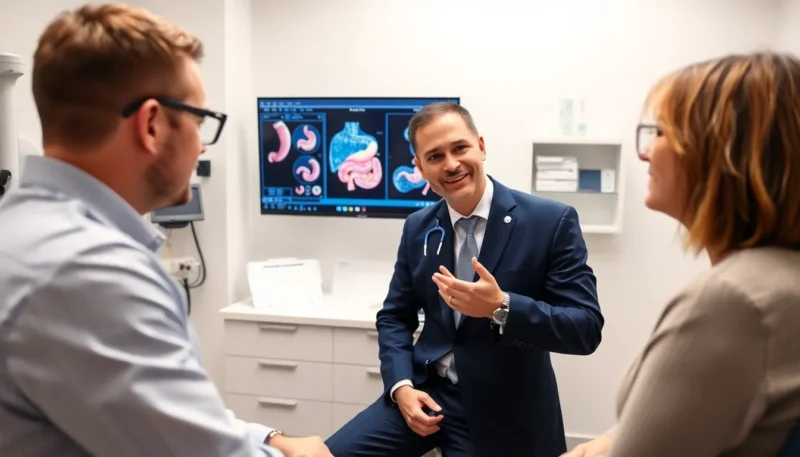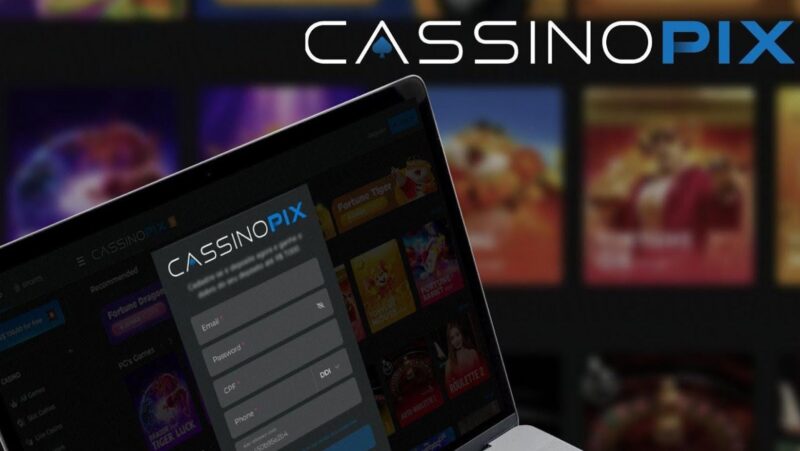
The healthcare cycle can be difficult to navigate. No matter what you’re treating, it’s not always easy to understand what codes to use in claims. Today, we’re going to explore the CPT codes used for massage therapy codes.
If you want to learn more about that, make sure to stay tuned. There are several of them, after all. As you can probably guess from the title, the main one we’re focused on is 97124. However, we’ll try to cover a few others as well.
What are Claim Codes?
The first thing we need to do is explain what claim codes are. They are also known as CPT (Current Procedural Terminology) codes. Simply put, they are a standardized set of codes used in healthcare to describe medical, surgical, and diagnostic services.
These codes are essential for the documentation, billing, and reimbursement processes. They help ensure that healthcare providers are accurately paid for their services. Additionally, they ensure that insurance companies can process claims efficiently.
Each CPT code corresponds to a specific procedure or service. This allows for uniform communication across the healthcare industry.
Different Codes for Massage Therapy
Now that we’ve looked at the basics, we can delve into some of the specifics. There are a lot of healthcare procedures that fall under this umbrella. Claims can work differently depending on that.
97124
This is the primary code for massage therapy. So, when you see 97124 cpt code, it means that a variety of methods could have been used for the patients. Examples include effleurage, petrissage, and/or tapotement. Those are terms for stroking, compression, and percussion.
Claims are typically done every fifteen minutes of these procedures. If you’re wondering how it works, we’ll cover that later.
97140
For manual therapy, this is the code to be used. Connective tissue massage is a big example of this. Another is joint manipulation and mobilization.
Overall, the goal is to increase manual traction as well as passive range of motion. Don’t forget that soft tissue manipulation and mobilization also count. Again, this is tracked for every fifteen minutes of treatment.
97112
This is the code for neuromuscular re-education. It generally involved re-education of movement as well as balance and coordination. Another thing included is kinesthetic sense and posture. Like the rest, you can track this in fifteen-minute intervals.

97010
Hot and cold pack therapy use this code. Sometimes these techniques are referred to as moist heat or cryotherapy. Usually, it’s used to help with muscle spasticity.
97110
The last code we’ll mention is the one for therapeutic exercise. Of course, we’re referring to it in a medical context, rather than an at-home one. The goal is usually to develop strength, endurance, range of motion, and flexibility.
Code Modifiers
As you can read about here: https://link.springer.com/article/10.1186/s12911-023-02268-3, there are a few modifiers for making insurance claims. Modifier fifty-nine is the first one we’ll mention.
That one essentially means that two massage therapy techniques were used for one patient within a few days of each other. While the techniques are usually different, they tend to be similar as well.
The other modifier is fifty-two. This is for billing a procedure that had a reduced modality.
Billing Tips for Practices
There are quite a few ways to ensure the billing process goes smoothly. After all, when using CPT codes, the process is meant to be streamlined. How can practitioners make things easier?
One of the main things you can do is make sure you’re credentialed appropriately. The easiest way to do so is to verify all your licenses. Don’t forget to check all documentation involved as well.
Another thing is to confirm the eligibility of patients ahead of time. Essentially, you’ll want to check their insurance information beforehand. After all, if there’s an issue, it can delay payments to the practice. No one wants to deal with that!

The final aspect we’d like to mention is to be careful not to over code. What does that mean? Well, you can’t use both 97140 and 97124. You can’t bill for both at the same time.
It’s also beneficial to stay updated with the latest coding guidelines and regulations. Changes in healthcare policies can directly impact your billing process. Ongoing education and training for your staff are essential. Use the right software and tools. It can also optimize your billing operations by reducing errors and enhancing efficiency.
In conclusion, understanding and effectively using CPT codes is important. Try to remember their appropriate modifiers. It is crucial for the smooth operation of any medical practice.
By ensuring proper credentialing, verifying patient eligibility, avoiding over coding, and staying informed about current regulations, practitioners can streamline the billing process. They can maintain financial health within their practice.
With these strategies in place, you can navigate the complexities of medical billing with greater ease and accuracy.










